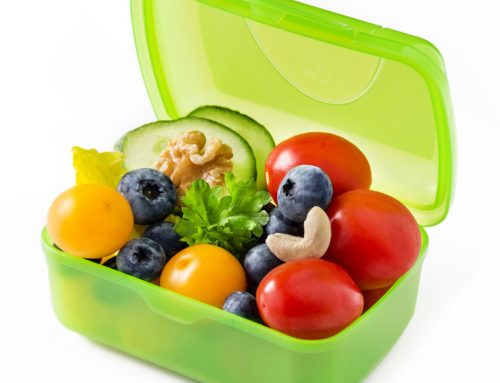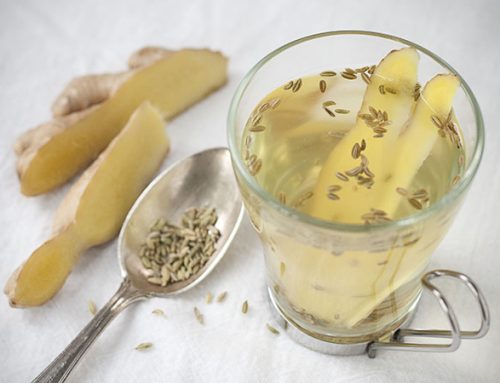Whether you’re looking to get healthy, save money, or just avoid having to rely on restaurants and truck stops, cooking in the truck is a great option and is becoming more and more common amongst drivers. That said, it can be overwhelming to start when we don’t know exactly what to make. Additionally, when you spend your days away from home, it can be hard to have the right necessities to make easy, affordable, healthy meals. Start by restocking your fridge and truck with the right equipment and foods, ones that allow you to create plenty of different meals with minimal ingredients.
Drivers tell us that their favourite small appliances for the truck are a portable blender, a rice cooker or Instant Pot pressure cooker (these cook food fast), a portable induction burner, and a portable grill. Once you have a couple of these things, pick up some of the staples below to build your meals!
Plain Oats: Whether you buy instant or quick oats, stick to the unflavoured variety so you can control the amount of sugar you add. Toss in a dash of cinnamon and some fruit and you have an inexpensive, comforting breakfast (or snack) in 2 minutes, or add to a smoothie for sustenance.
Natural Peanut or Almond Butter: Healthy fats are an important part of a healthy diet, and nut butters offer just that. Whether added to your morning oats, a PB & banana smoothie, eaten with an apple, on a slice of bread, or just straight off a spoon when you need a boost, nut butters are a great option for the truck.
Cashews, almonds, or walnuts: Full of healthy fats, portable, take up little space, and easy to snack on. Add them to salads, oats, or a stir fry too!
Avocado Oil: Cooking oil is a staple in any kitchen, but steer clear of Canola or Vegetable oil. Avocado oil is the healthiest, most versatile option, and can be heated to a high temperature when cooking. It’s become widely available, too, as you can even buy it at Costco.
Protein bars/powder: There are countless protein and energy bars on the market these days, and truck stops and convenience stores all stock at least a couple different options. Look for one with the fewest ingredients and the lowest amount of added sugar. Protein powder is a great option for adding to smoothies and oats. Smoothies can be easily made in a truck with a portable blender, something many of our Healthy Truckers do every day. Just add a scoop of protein, peanut butter, dry oats, and a banana!
Canned tomatoes: Tomatoes are nutrient-dense and can be added to so many meals to add flavour and nutrition. Toss them into soups, stews, side dishes, or marinate meat with them.
Dry grains, such as quinoa or rice: Rice and quinoa are easy and fast to prepare, and add a lot of bulk and nutrition to your meals. Consider cooking them on their own or adding to soup, a stir fry, or stew. Since these grains expand so much when cooking, you only need to keep a small bag filled with one of them in the truck.
Canned beans: A great source of fibre, protein, and complex carbs, beans are a super affordable healthy staple. Eaten as a side dish, added to soups and salads, or mashed with garlic to make refried beans for burritos, the possibilities are endless.
Low-sodium chicken or vegetable broth: You can buy it in a liquid or dried form, whichever is more convenient for you and what you’re cooking, but the dried form will take up far less space. Throw it in the slow cooker, rice cooker, or Instant Pot to make soup, or use it to cook your grains and add flavour to other dishes. If you can, go for an organic brand to limit the processing and unnecessary ingredients.
Sodium-free seasonings or sauce: With limited space, it can be hard to pack all of the ingredients, sauces, and seasonings needed to make your food delicious. Sodium-free seasonings like Mrs. Dash are a great healthy alternative to salt and come in a variety of flavours. If you like a bit of a kick, keep a bottle of hot sauce on hand.
If you have a small freezer in your truck, throw a bag of frozen vegetables in there each week. They are perfect to add into any dish, like your grains & soups, or cooked on their own. If not, pick up some fresh fruit, vegetables and lean meat after you cross the border or before you leave home, depending on your route.






Some easy recipe for the above mentioned ingredients would be awesome!